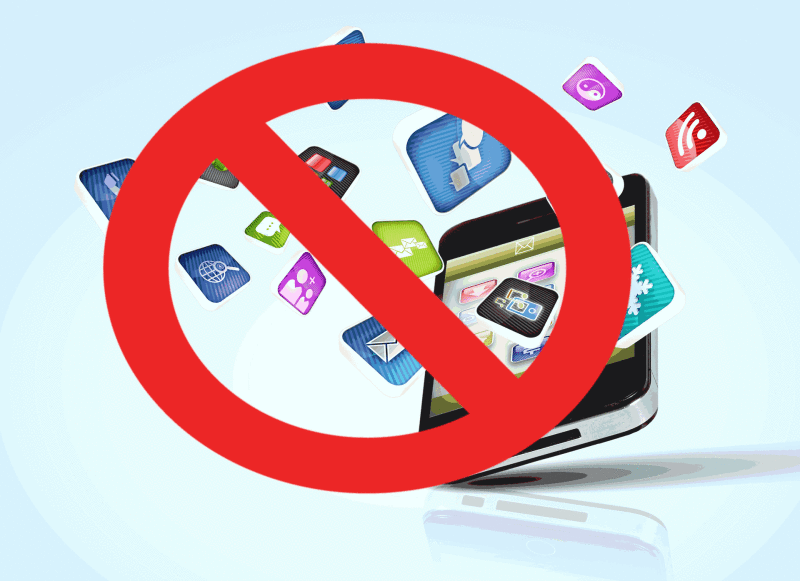It is projected that by end of this year mobile app downloads will reach around 260 billion. This clearly shows that mobile app usage is perpetually rising. What are the top 10 most downloaded mobile apps in the world this year? Well, they are TikTok, Facebook, Instagram, WhatsApp, Messenger, Snapchat, Zoom, Telegram, YouTube, and Amazon. In the 3rd quarter of this year, on Google Play Store alone, 28 billion mobile apps were downloaded. With all that apparent high global usage of mobile apps, why is it that most Zimbabweans do not have or use mobile apps?
Low Smartphone Penetration
The first thing to talk about is smartphone penetration. According to Econet Wireless, smartphone penetration in Zimbabwe is about 52 per cent. For South Africa it stands at 90 or so per cent – that is a huge gap. Smartphone penetration in Zimbabwe is that low due to mainly the cost of buying a smartphone.
One of the causes is the import duty charged on mobile smartphones – about 25 per cent. At the end of the day, the ultimate price of smartphones becomes too expensive for most Zimbabweans. I have even noticed that most small scale smartphone dealers experience more sales on small phones (tumbudzi). They are largely not internet-enabled but it is because they are much cheaper.
Mostly you will find a common situation where a decent entry-level internet-enabled mobile smartphone costs more than many people’s salaries. Purchasing an internet-enabled smartphone ends becoming a ‘luxury’ for most.
All this leads to low internet penetration as well. Econet again cited that only around 22 per cent of devices on their network access data services using feature phones. These are phones that have low data handling capacities. Additionally, it says that it has over 90 per cent data capacity on its network. This means it can reach as many as 90 per cent of people in Zimbabwe. However, just 60 per cent of that is what is being utilized.
Unavailable Or Ailing Internet Infrastructure
So yeah, some do have internet-enabled smartphones. Unfortunately, they are presented with internet infrastructure challenges. You would be amazed to know that there are still areas in Zimbabwe where there is only 3G. Some areas do not even have data connectivity at all. I personally actually stay in an area where there is no 4G.
This creates serious challenges in becoming an avid mobile app user. Some mobile apps only work smoothly when your data connection is top-notch. To make this worse there are power outage issues on the side. Load shedding is worsening the situation because some base stations do not have backup power. After all, the load shedding hours have become so long that running base stations on generators becomes unsustainable. When you combine all these issues it becomes impractical to use mobile apps.
It is interesting to note that Zimbabwe is mostly rural. They’re roughly 69 or so per cent of Zimbabwe living in rural areas. These areas are usually characterised by poor internet infrastructure. In most rural areas you know that you cannot access the internet at all. The answer lies in the increase in the number of base stations. This is because the current base stations do not adequately cover most rural areas.
Steep Data Costs
Then we have data costs – a major challenge for the majority of Zimbabweans. I will give an example of NetOne, the one that is used for data. The cheapest monthly One Fi bundle costs ZWL$7000. The most reasonable Daily Data bundle costs ZWL$600. This means not many people can afford the One Fi bundle. To access the internet you would have to use that daily bundle. However, since it is only valid for a day, it again would be too steep. At the end of the day, one ends up unable to afford data.
Of the top 10 most downloaded apps how come some can access them? The answer lies in the bundle system. Thanks to MNOs for bringing in bundle packages. If there were no bundle packages I can bet you that most people would not even manage to access WhatsApp. This still does not mean everyone can afford it; most people still struggle to consistently manage to be just on WhatsApp. In light of all the preceding things I covered, steep data costs become the final nail on the coffin.
These are the 3 core reasons why most Zimbabweans do not have or use mobile apps. It is a serious issue that needs to be addressed. I applaud the many tech-savvy Zimbabweans that have developed great mobile apps. Sadly, most of their efforts have been in vain as the uptake of their mobile apps is very low. It is hard to monetize their mobile apps due to that low uptake. They end up having to offer their apps for free but still, the uptake remains low. Many end up aborting their projects which would take off only if we did not have the aforementioned hurdles. Sasai is a case in point; despite having the infrastructure and financial muscles it has failed to take off. That on its shows how deep-seated the problem of low mobile app usage in Zimbabwe is.








